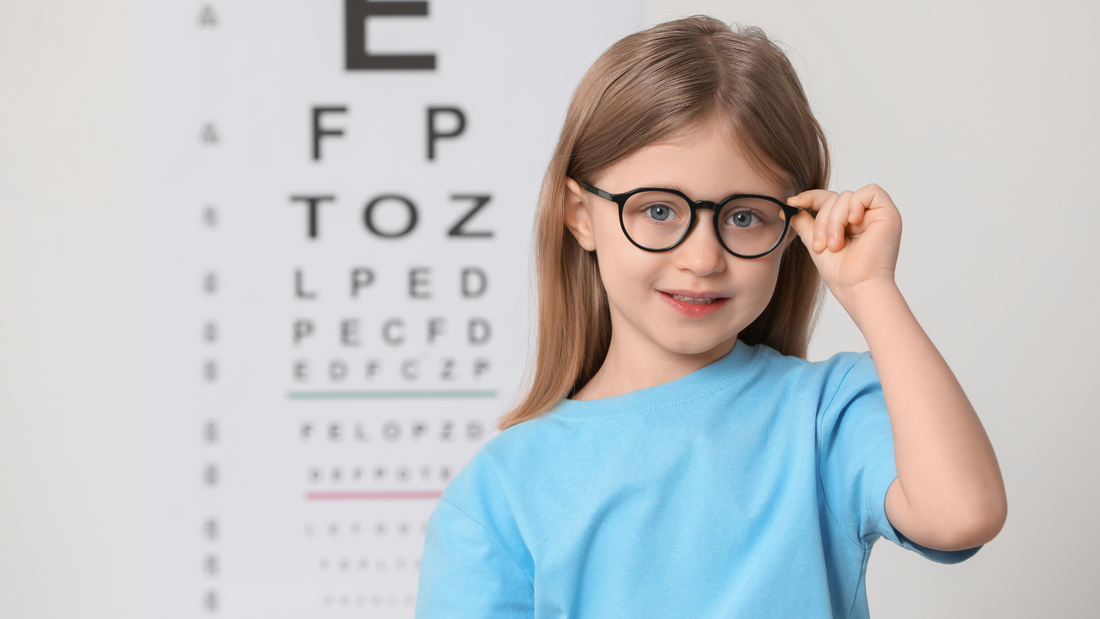
Don't Miss the Details: Finding the Right Eyeglasses for Low Vision
Share
When it comes to managing low vision, the right pair of eyeglasses can make a profound difference. Low vision isn’t simply poor eyesight—it’s a condition that affects your ability to perform everyday tasks, even with standard glasses or contact lenses. Fortunately, specialised eyeglasses for low vision can enhance contrast, magnify print, and reduce glare to help you live more independently and comfortably.
What Is Low Vision?
Low vision refers to a significant visual impairment that can't be corrected fully with traditional glasses, contact lenses, or surgery. It’s commonly caused by conditions such as:
- Age-related macular degeneration (AMD)
- Diabetic retinopathy
- Glaucoma
- Cataracts
- Retinitis pigmentosa
People with low vision often struggle with reading, recognising faces, or navigating their environment—even in well-lit settings. This is why tailored optical solutions are critical.
Types of Eyeglasses for Low Vision
Not all eyeglasses are created equal. If you or someone you care for is experiencing low vision, consider these specific types of eyewear solutions:
- High-Add Bifocals or Multifocals
These glasses offer significantly stronger reading segments than typical progressive lenses. They’re designed to magnify near objects, which can help with reading, writing, and other close-up tasks.
- Magnifying Eyeglasses
Magnifying lenses (also called microscopic lenses) are ideal for tasks requiring intense focus, such as reading small print. They are usually used at very close distances, but can be incredibly effective.
- Telescopic Eyeglasses
These resemble binoculars mounted on glasses and are ideal for distance viewing, such as watching TV or recognizing street signs. Some models include focusable options for various tasks.
- Prism Glasses
For individuals who have lost part of their visual field, prism lenses help shift images to a more visible area of the retina. These are often prescribed for conditions like hemianopia.
- Glare-Control and Contrast-Enhancing Lenses
Low vision often causes heightened sensitivity to light and poor contrast perception. Tinted or polarised lenses help reduce glare and improve clarity in bright conditions.
Key Features to Look for in Low Vision Eyeglasses
When selecting eyeglasses for low vision, it’s important to focus on features tailored to your daily needs:
- Enhanced Magnification
Lenses with high diopters (strength) help magnify text and objects without the need for handheld aids.
- Anti-Reflective Coating
This reduces internal reflections and improves clarity, particularly in low-light conditions.
- Lightweight Frames
Since low vision glasses can be bulkier due to lens thickness, lightweight acetate or titanium frames help improve comfort.
- Custom Fit
Proper alignment and fitting are essential to ensure the lenses are positioned optimally for the user’s vision.
Additional Tips for Living with Low Vision
- Consult a low vision specialist for a customized assessment.
- Combine eyeglasses with other tools, like handheld magnifiers or digital aids, for better results.
- Consider adaptive lighting in your home and workplace to enhance visibility.
- Stay consistent with eye checkups to monitor changes and adapt prescriptions as needed.
Conclusion
Living with low vision doesn’t mean giving up independence or clarity. The right pair of eyeglasses—designed with specialized features—can bring everyday details back into focus. Whether you need magnification, contrast enhancement, or field-shifting capabilities, there’s a solution that can be tailored to your unique visual needs.
Daniel Walters Eyewear
Address: 19301 Ventura Blvd, Suite 203, Tarzana, CA 91356, United States of America
Phone: +1(855) 326-4359
Email: info@danielwalters.com
Share the inspiration! Let your social media community know about this amazing piece of content.
